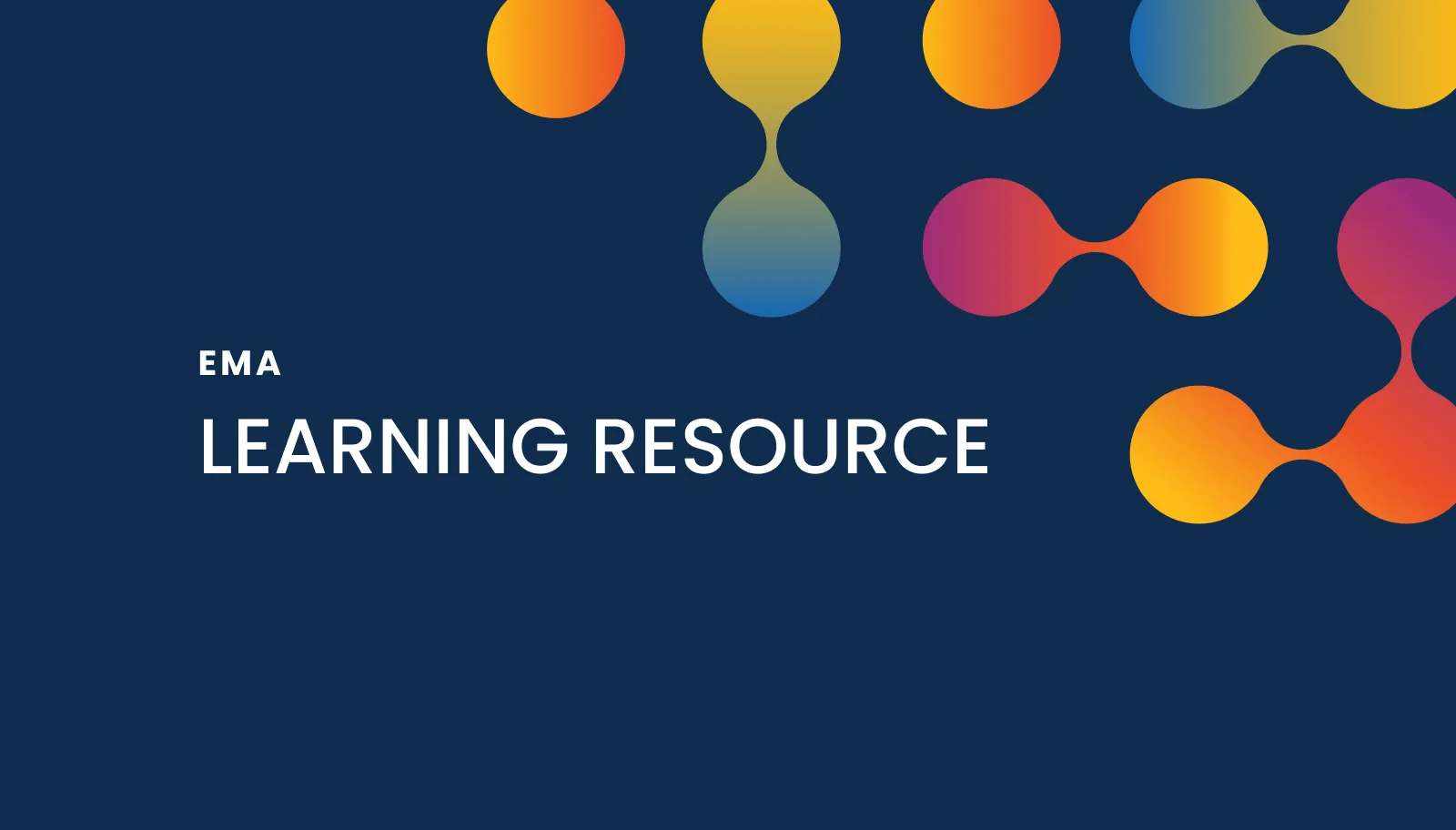A Clear View

You hear a lot about “transparency” these days. Google claims it as a core value, declaring, “As a company we feel it is our responsibility to ensure that we maximize transparency around the flow of information related to our tools and services. We believe that more information means more choice, more freedom, and ultimately more power for the individual.” In a memo published in the Federal Register, the White House pledges, “We will work together to ensure the public trust and establish a system of transparency, public participation, and collaboration.” Transparency is also evoked in the preamble to the NAIS Principles of Good Practice, which emphasizes “our sector’s core values of transparency, excellence, and inclusivity.” At The Enrollment Management Association, we continue to discuss what transparency means to our work with schools and families. We strive to be an organization that is well known and well understood by our members while remaining open to new ways of improving our services. At the same time, our core service (testing) requires that we take significant measures to ensure confidentiality and individual privacy, especially given the age of our testers.
When something is “transparent” you can see through it—and it lets in light. What then, does transparency mean in the context of the admission process in our schools? I think it means that schools serve families by being open and clear about their selection process, while staunchly protecting the privacy of families and children/candidates.
At Ransom Everglades School (FL), greater transparency was achieved in recent years under the leadership of admission director Amy Sayfie Zichella and former head of school Ellen Moceri. Together, they collated important data of interest to families in an effort to communicate honestly about their selection process for admission candidates. Sayfie publishes an Admission Profile each year that contains a dashboard of data to help families understand the composition of RES’s entering sixth grade. It states, “A student’s academic record, SSAT scores, personal interview, teacher recommendations, and potential community contribution are all considered as we shape a class of 150 6th graders.” Ransom Everglades also plainly states in its admission profile that it seeks a diverse school community (53% of the population were students of color at the time this blog was written).
The document includes the following data, clearly set out in charts and graphs:
- 6th grade SSAT scores: combined data for the current and last two years
- Financial aid statistics for former school years
- Schools represented by enrolled 6th graders over the past three years (public and private)
- School-wide ethnic breakdown for the current year
This kind of openness, clarity, and sharing of data – transparency – not only engenders the best admission decisions but also helps admission professionals explain those decisions. Disclosing such information echoes the school’s mission, bolsters its reputation, and can help a member of the admission team explain to a disappointed family why their child was not accepted using published facts and data.
How does your school assure transparency in your admission process? What other methods do you use to inform families and manage their expectations? There’s a great deal we can learn from each other about how we represent ourselves (and our results) to the families we serve.
Good luck in the weeks ahead as you work to create a student body that will make a difference in the life of your school and in the lives of the children you admit!




